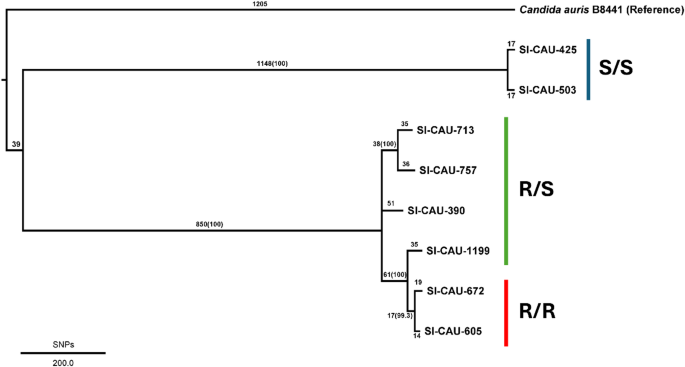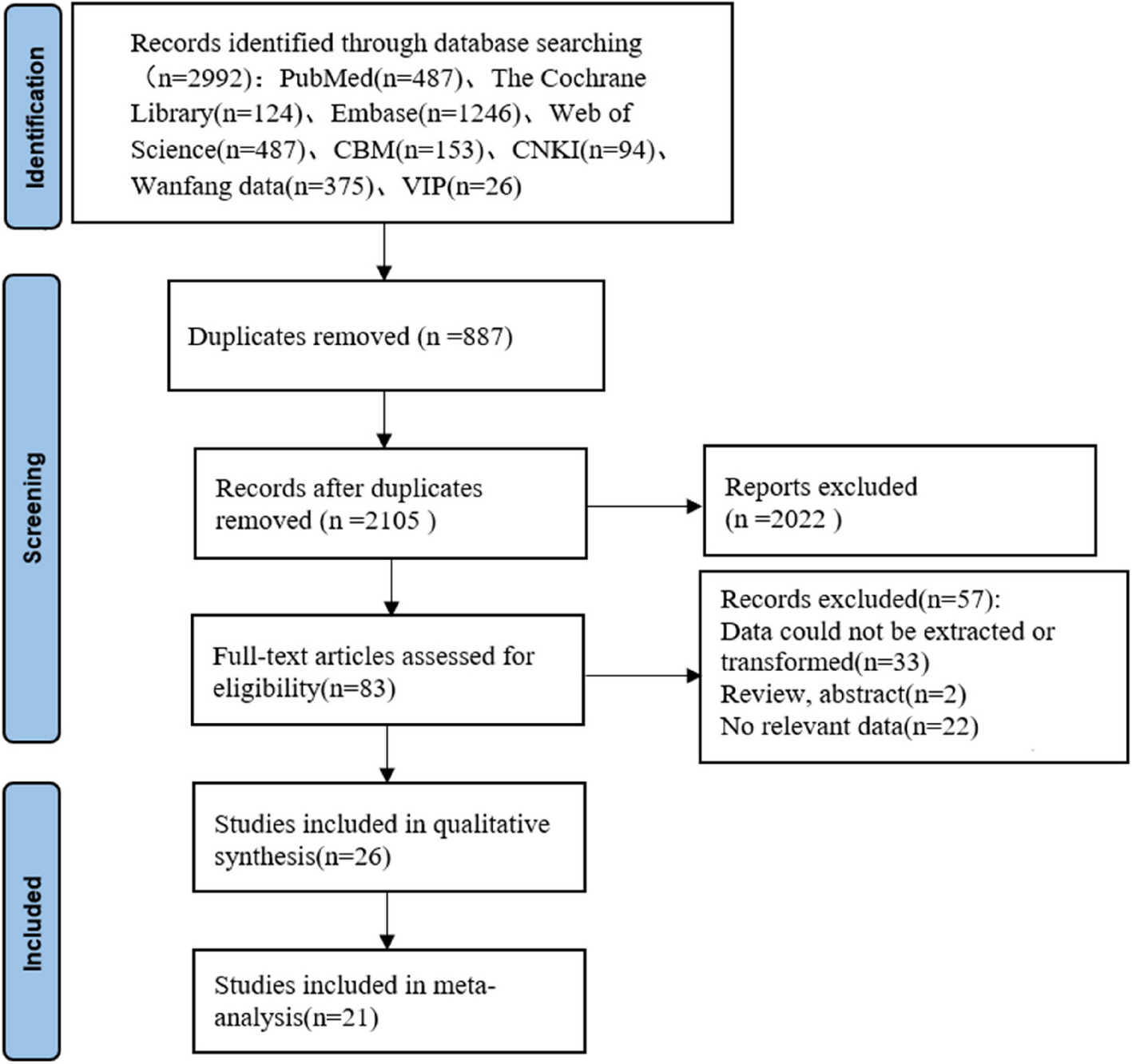Moss spores that spent nearly nine months outside the International Space Station have continued to reproduce after returning to Earth, surprising researchers and opening new possibilities for studying life in extreme environments.
The…
Moss spores that spent nearly nine months outside the International Space Station have continued to reproduce after returning to Earth, surprising researchers and opening new possibilities for studying life in extreme environments.
The…

Diezmann, S., Cox, C. J., Schönian, G., Vilgalys, R. J. & Mitchell, T. G. Phylogeny and evolution of medical species of Candida and related taxa: a Multigenic analysis. J. Clin. Microbiol. 42, 5624–5635.

Unlock the Editor’s Digest for free
Roula Khalaf, Editor of the FT, selects her favourite stories in this weekly newsletter.
Bryan Cranston’s Joe Keller stands at the front of the stage, eyes burning, hands kneading the air, gripping hard to…

As Line of Duty and Doctor Foster both return for new series, we asked what TV programmes you’d like to see revived next. Here are your responses.
Peep Show is one of the greatest sitcoms of all time, and we need an update…

Apple may have wrapped up its big iPhone 17 launch back in September, but the lineup still isn’t complete.
According to a new report, another model is on the way, the iPhone 17e, and it looks set to borrow one of the flagship…

The systematic search identified 2,992 potentially relevant articles. After duplicate removal (n = 887), 2,105 articles underwent title and abstract screening by two independent researchers, excluding…

TEHRAN – Pakistan’s ambassador to Iran said Tehran and Islamabad are accelerating implementation of their planned free trade agreement, adding that a barter mechanism between the two neighbors will become operational soon.
Mohammad Mudassir…
BEIJING, Nov. 24 (Xinhua) — Chinese scientists have unraveled the mystery behind the unusually cohesive lunar soil retrieved by China’s Chang’e-6 mission from the far side of the moon.
The soil’s sticky and clumpy characteristics — which…